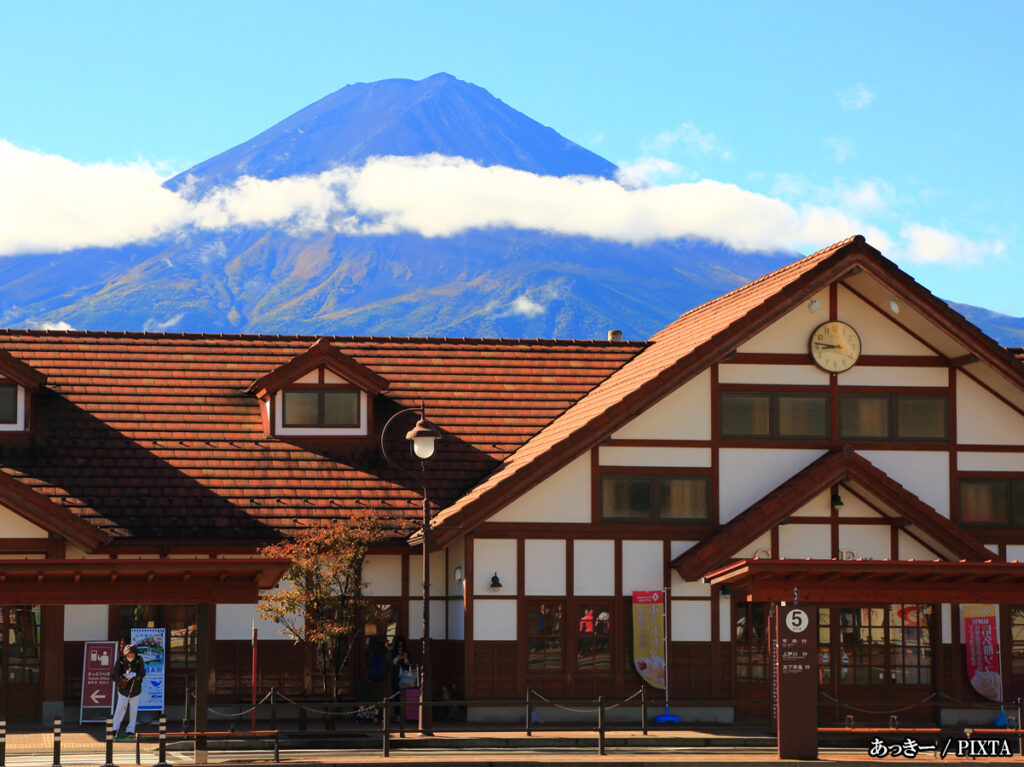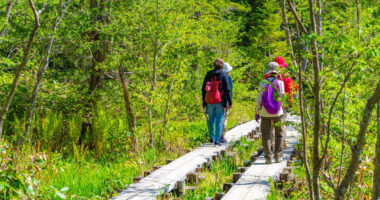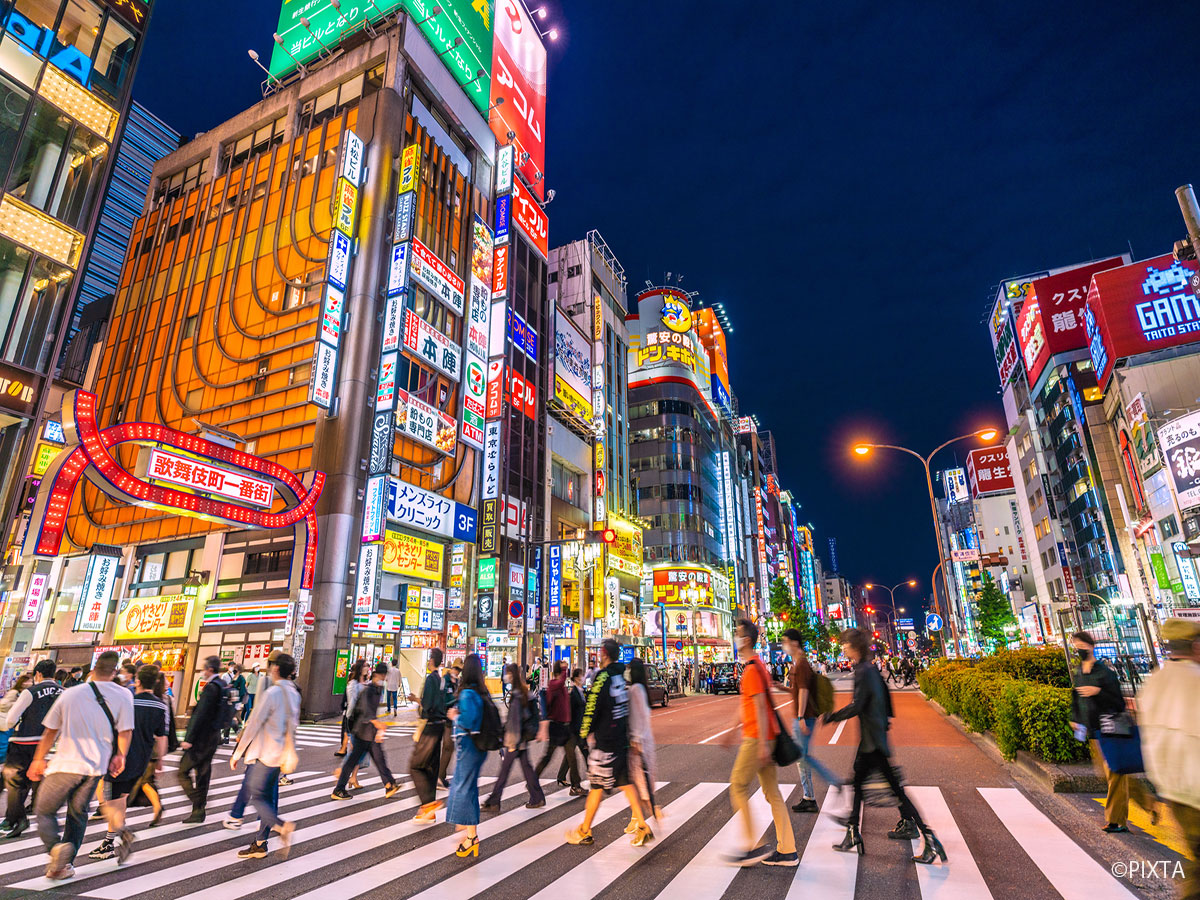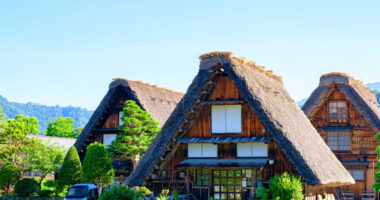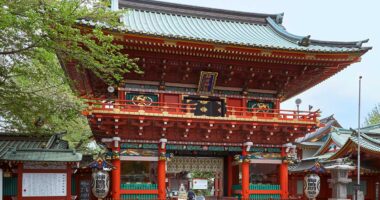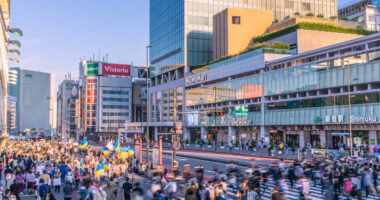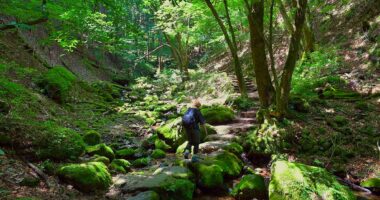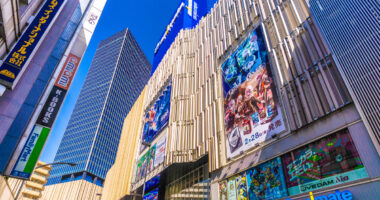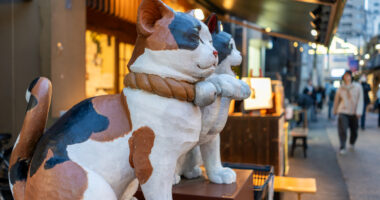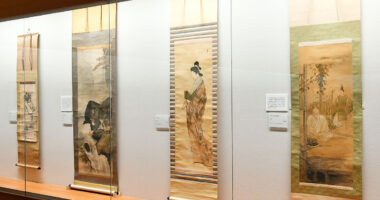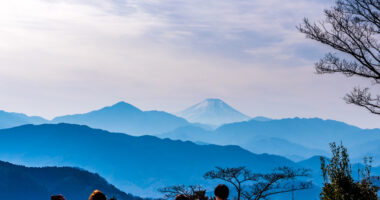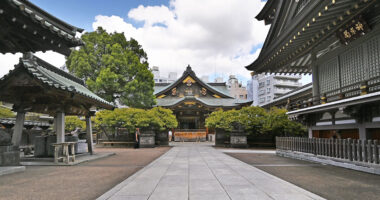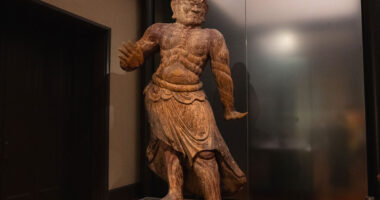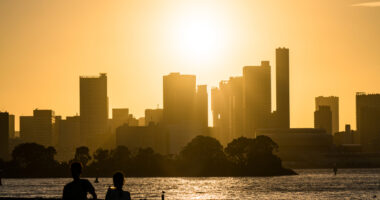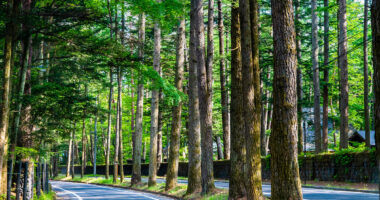Mount Fuji, Japan’s most iconic peak, is a bucket-list destination for many travelers. While guided tours and elaborate itineraries can get expensive fast, it’s entirely possible to enjoy the majesty of Fuji-san on a budget day trip from Tokyo. With a bit of planning and smart choices around transportation and activities, you can take in breathtaking views and create lasting memories without overspending. This guide breaks down the most affordable ways to reach Mount Fuji, the best routes for budget travelers, and practical tips to save money along the way..
Cheapest ways to get there: bus, train, and passes
Transportation is usually the biggest expense when visiting Mount Fuji from Tokyo, but there are several budget-friendly options to choose from:
- Highway bus (most budget-friendly):
This is typically the cheapest and most direct way to reach the Fuji Five Lakes area, especially Kawaguchiko, which is home to some of the most iconic Mount Fuji views. Buses depart regularly from major stations like Shinjuku and Tokyo Station. The ride takes about 2–2.5 hours, and one-way tickets can cost as low as 2,200 JPY. Advance booking is recommended, especially during busy seasons. - Train + bus combination:
While generally pricier than a direct highway bus, this combining certain local trains and buses can still be cheaper than taking an express train. One option is to take local JR trains to Otsuki Station, then transfer to the privately operated Fujikyuko Line to reach Kawaguchiko. Just note that the Fujikyuko Line segment is not covered by the Japan Rail Pass. - JR Tokyo Wide Pass (for longer stays or specific itineraries):
If you’re planning additional day trips from Tokyo within a three-day period, such as to Nikko or Gala Yuzawa, the JR Tokyo Wide Pass might be worth it. Unlike the Japan Rail Pass, it covers the JR portion to Otsuki and the Fujikyuko Line to Kawaguchiko. However, for a single-day trip to Mount Fuji, a direct highway bus is usually the more economical choice unless you’re using the pass for other travel as well.
Always compare fares and travel times for your specific dates, as prices and availability can vary by season.
Related article
“How to Use the Tokyo Wide Pass: A Step-by-Step Guide for Tourists”
Best budget-friendly routes: Kawaguchiko, 5th station, Hakone
Choosing the right destination can significantly impact your overall costs. From panoramic lakeside spots to high-altitude trailheads, different areas around Mount Fuji come with different price tags and levels of accessibility.
- Kawaguchiko (Fuji Five Lakes region):
For first-time visitors, Kawaguchiko is the most budget-friendly and scenic option. It’s known for its classic lakefront views of Mount Fuji, easy access to nearby attractions, and relatively low transportation costs. Direct highway buses from Tokyo arrive at Kawaguchiko Station, where you can explore on foot, rent a bicycle (typically 500-1,000 JPY for up to a few hours), or take the Kawaguchiko Sightseeing Bus (Red Line). A bus pass covering the Kawaguchiko, Lake Saiko and Lake Motosuko areas costs 1,500 JPY for a day, 2,000 JPY for two days. - Fuji Subaru Line 5th station:
This spot brings you closer to Mount Fuji than most others and marks the starting point for many climbing routes. However, getting there is more expensive. A round-trip bus from Kawaguchiko Station to the 5th Station costs 2,300 JPY, and buses also run directly from Shinjuku for 3,800 JPY. If you’re not planning to hike, consider whether the higher cost is worth it. In many cases, the views from Kawaguchiko are more scenic and accessible. - Hakone:
Located to the west of Tokyo, Hakone offers distant views of Mount Fuji when the weather is clear. While it’s a popular destination for hot springs and museums, it’s not the most budget-friendly route for those focused solely on seeing Mount Fuji. The Hakone Free Pass covers local transport, though it is not cheap, and the overall cost of Hakone tends to be higher than a trip to Kawaguchiko.
For travelers focused on scenery and savings, Kawaguchiko remains the most practical choice.
Related articles
“Best Times to Visit Kawaguchiko: Seasonal Highlights and Travel Advice”
“Kawaguchiko Complete Travel Guide: Transportation, Views, and Local Tips”
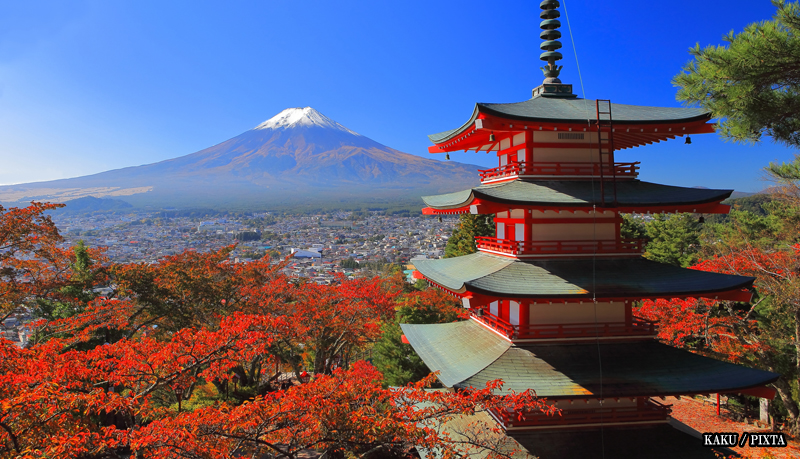
Photo for illustrative purposes
What to do in a day: trails, views, and photo spots
Once you arrive in Kawaguchiko, you’ll find plenty of free or low-cost ways to enjoy Mount Fuji and the surrounding scenery. These activities make the most of the area’s natural beauty without stretching your budget:
- Lake Kawaguchiko promenade:
Walk along the lake’s northern shore for clear, unobstructed views of Mount Fuji. On calm, sunny days, you might catch the famous “upside-down Fuji” reflected in the water. The path is free to access and ideal for relaxed sightseeing and photography. - Ōishi Park:
Situated on the northern edge of Lake Kawaguchiko, Oishi Park offers wide views of Mount Fuji framed by seasonal flowers—lavender in summer, kochia in autumn. It’s easily reached by the Kawaguchiko Sightseeing Bus (Red Line) or by foot from the Kawaguchiko Natural Living Center. Admission is free. - Chureito Pagoda (Arakurayama Sengen Park):
For one of the most iconic Fuji photos, head to this five-storied pagoda overlooking the mountain. It requires a short train ride on the Fujikyuko Line to Shimoyoshida Station and a climb of over 398 steps, but the panoramic view is well worth the effort and free of charge. - Tenjoyama Park (Mt. Fuji Panoramic Ropeway):
The ropeway costs 1,000 JPY round trip, but the observation deck at the top delivers stunning views of Lake Kawaguchiko and Mount Fuji. If you’re open to a small splurge, this is one of the best paid viewpoints in the area. - Walking trails:
Beyond the main tourist spots, quiet lakeside paths offer peaceful Fuji views with fewer crowds. These trails are perfect for travelers looking to escape the busy bus stops and enjoy a slower pace.
By focusing on outdoor areas and natural viewpoints, you can enjoy a full, rewarding day without spending much at all.
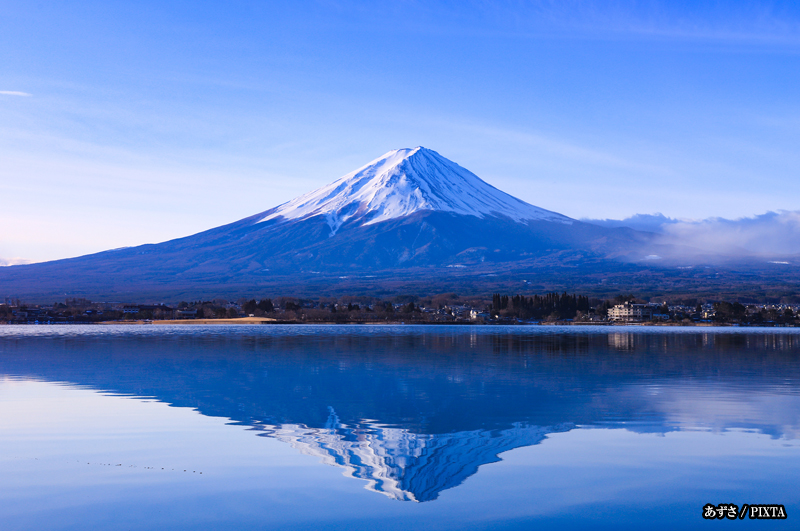
Photo for illustrative purposes
What to pack and how to save on meals and souvenirs
Packing strategically and spending wisely can help stretch your budget even further. Here’s how to prepare for a low-cost, comfortable day at Mount Fuji:
What to pack
- Layers:
Weather can shift between Tokyo and Kawaguchiko, and even throughout the day. Wear layers you can easily add or remove. - Comfortable shoes:
Expect plenty of walking, especially if you plan to explore on foot or visit viewpoints like Chureito Pagoda. - Sun protection:
Bring a hat, sunglasses, and sunscreen. Even on cooler days, the sun can be deceptively strong. - Water bottle:
Stay hydrated without spending on bottled drinks. - Camera:
The best souvenirs are often the photos you take.
Saving on meals
- Bento boxes & onigiri:
Pick up a bento box or a few onigiri from convenience stores like 7-Eleven, FamilyMart, or Lawson before you leave Tokyo. These are much cheaper than tourist-area restaurants. - Local supermarkets:
Near Kawaguchiko Station, you may find grocery stores with fresh bread, fruit, and snacks—perfect for a lakeside picnic. - Cafes for drinks:
Instead of sitting down for a full meal, stick to packed lunches and consider budgeting for just a drink at a café if you need a place to rest.
Saving on souvenirs
- Practical souvenirs:
Local snacks are affordable, easy to carry, and make great gifts. They’re often more useful and less expensive than typical tourist items. - Duty-free:
If your total purchase exceeds a certain amount at larger stores, you may qualify for tax-free pricing as a tourist. - Photos are free:
Instead of spending on keepsakes, focus on finding unique views and memories worth photographing.
Final thoughts: a low-cost Mount Fuji adventure
A budget trip from Tokyo to Mount Fuji is entirely doable—and often more satisfying than you might expect. By choosing affordable transportation like highway buses, focusing your time on scenic and low-cost spots around Kawaguchiko, and being thoughtful about meals and souvenirs, you can enjoy the beauty of Japan’s most famous mountain without overspending. It’s a reminder that some of the most memorable experiences come not from spending more, but from slowing down, planning well, and taking in the view.
